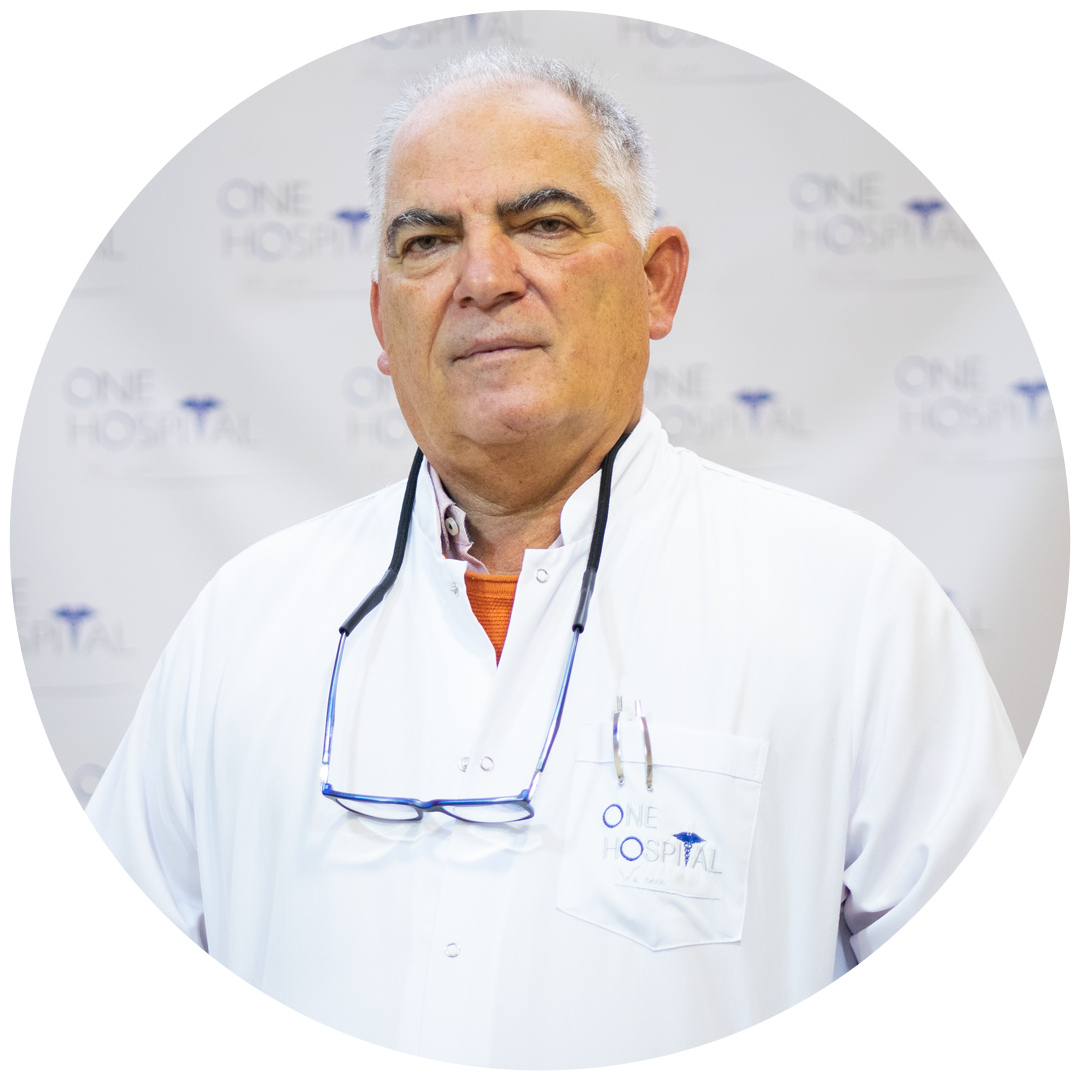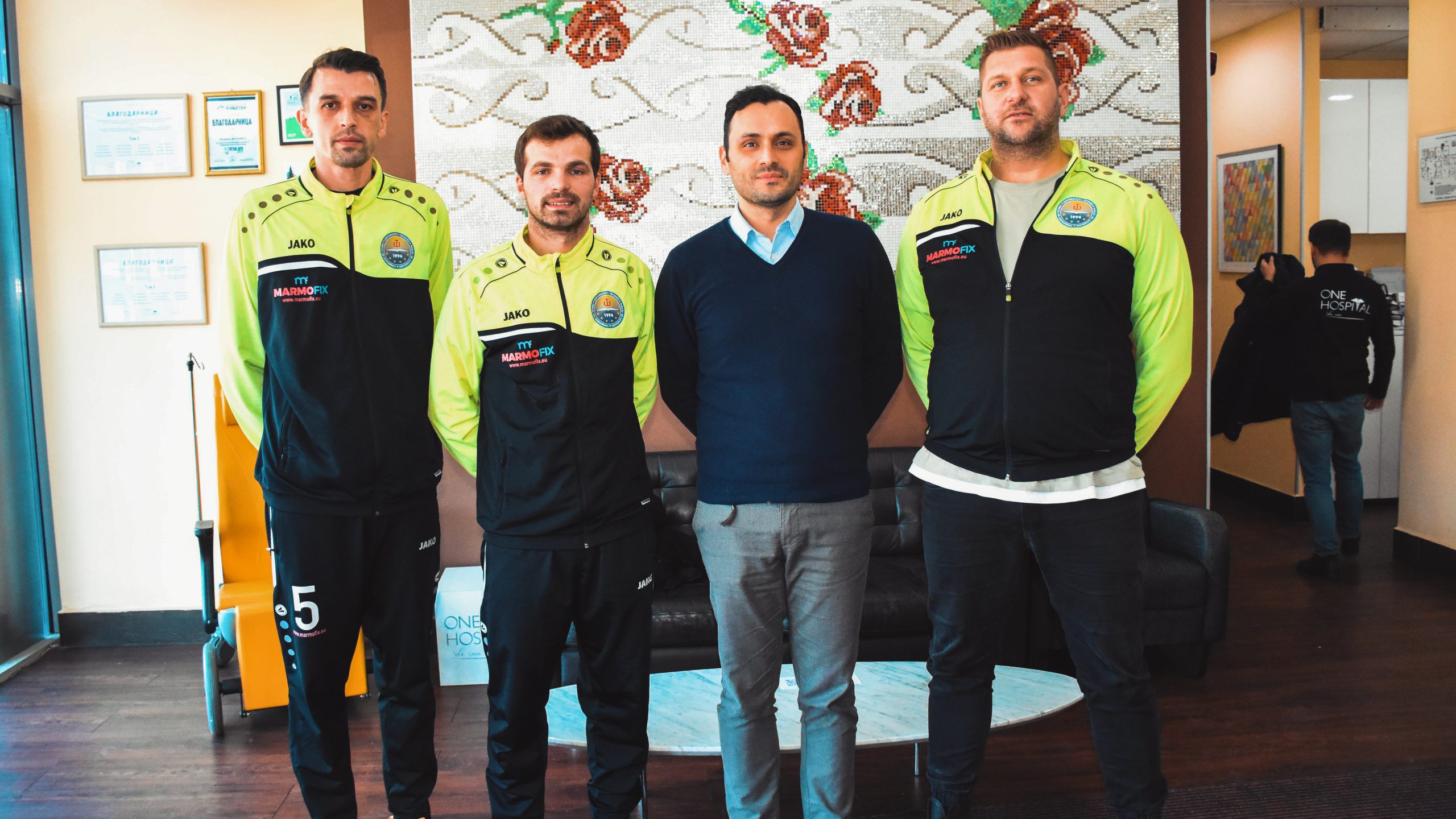Procedures and Interventions
First of all, it is necessary to avoid works that force the hands and wrists, and not to do excessive strain. People who use their hands and fingers for professional reasons should not keep their wrists bent all the time. However, the muscles should be strengthened by doing exercises that strengthen the hand, wrist and fingers. Not leaving these areas immobile is the most important point in protection.
In the treatment of carpal tunnel syndrome, it is useful to use regional pain relievers and edema-relieving gels. However, wrist-wrist splints to be used only at night and corticosteroid injections around the nerve provide extremely safe and effective treatment. In patients whose complaints of pain and weakness persist despite medication and other treatments, or in which they have advanced, it is possible to achieve complete recovery with a small operation that takes about 15 minutes under simple and local anesthesia. After two weeks of hand rest, patients return to their normal daily lives.
What is ligamentoplasty?
The operation consists of collecting and then grafting the ligament from your body. The first phase of the procedure consists of collecting a healthy ligament, which will replace the ruptured ligament. The most commonly used ligaments are the knee flexor tendon, the patellar tendon, and the knee tendon.
The use of synthetic materials is recommended only if the ligament ruptures again. The operation usually does not last longer than 45 minutes and it is an arthroscopic procedure – a minimally invasive form of surgery that can also allow the surgeon to solve other issues at the same time.
How is Knee Arthroscopy Performed?
Two incisions are made on the sides of the kneecap. The dimensions of these incisions are approximately half a centimeter. Through the incision made, a half-centimeter camera is inserted inside. Thanks to this camera called arthroscope, the structures in the joint are reflected on the screen in the operation room and analyzed in detail. Thus, problematic, injured or damaged structures in the joint are accurately detected. If necessary, these diagnosed structures can be cut, corrected or fixed with mini-tools measuring a few millimeters by making incisions not exceeding 1 centimeter in size. After knee arthroscopy, small scars not exceeding one centimeter may remain in the operation area. These scars are not permanent and disappear in a few months.
Your surgeon may inject fluid into the shoulder to inflate the joint. This makes it easier to see all the structures of your shoulder through the arthroscope. Then your surgeon will make a small puncture in your shoulder (about the size of a buttonhole) for the arthroscope. Fluid flows through the arthroscope to keep the view clear and control any bleeding. Images from the arthroscope are projected on the video screen showing your surgeon the inside of your shoulder and any damage.
Once the problem is clearly identified, your surgeon will insert other small instruments through separate incisions to treat it. Specialized instruments are used for tasks like shaving, cutting, grasping, suture passing, and knot tying. In many cases, special devices are used to anchor stitches into bone.
Which Diseases Can Be Treated With Ankle Arthroscopy?
Complaints of pain, swelling and limitation of movement, which often occur after ankle sprain and do not go away despite long-term treatment, occur as a result of cartilage injuries and soft tissue compression, which are the most common pathologies. These pathologies of cartilage and soft tissue are successfully treated with the help of ankle arthroscopy. In rheumatic diseases, in cases with hemophilia and similar intra-articular bleeding, synovitis, which occurs when the synovial tissues in the joint overgrow, filling the ankle and causing swelling, can be treated arthroscopically. Removal of rare intra-articular tumors is also successfully performed arthroscopically.
Surgical Treatment:
Surgical treatment for a Baker’s cyst is rarely needed. However, it may be recommended if you have painful symptoms that are not relieved with nonsurgical treatment or if your cyst returns repeatedly after aspiration.
Arthroscopy. In this procedure, your doctor makes tiny incisions under anesthesia, then inserts a small camera called an arthroscope into the knee joint. The camera displays images on a video screen and your doctor uses these images to guide miniature surgical instruments.
Arthroscopy is used to treat conditions inside the knee, such as meniscus tears, that may give rise to a Baker’s cyst.
Excision. For large cysts or those that are causing nerve and vascular problems, your doctor may perform an open surgical procedure to excise (remove) the entire cyst.
Benign tumors of soft tissue are more common than benign tumors of bone. They can occur at almost any site, both within and between muscles, ligaments, nerves, and blood vessels. These tumors vary widely in appearance and behavior. Among the most common tumors which can be classified as benign soft tissue tumors are lipoma, angiolipoma, fibroma, benign fibrous histiocytoma, neurofibroma, schwannoma, neurilemmona, hemangioma, giant cell tumor of tendon sheath, and myxoma. Some conditions, like nodular fasciitis, are not tumors, but may require similar treatment. A small number of these tumors may be related to an underlying inherited condition.
What are my treatment options?
Depending on the type of tumor you have, your doctor may or may not recommend surgery. Tumors are removed surgically with the goal of minimizing risk to surrounding normal blood vessels, nerves, muscle or bone.
Synovectomy surgery is done to remove inflamed joint tissue (synovial membrane) that is causing unacceptable pain or is limiting your ability to function or your range of motion. Ligaments and other structures may be moved aside to access and remove the inflamed joint lining. The procedure may be done using arthroscopy.
Surgery
Synovectomy may be performed either as an open surgical procedure or with the aid of arthroscopy, in which the orthopedic surgeon uses miniaturized instruments, fiberoptic technology, and a tiny camera inserted through very small incisions in the skin. Magnified pictures from the camera are projected onto a television monitor in the operating suite, guiding the surgeon throughout the procedure.








